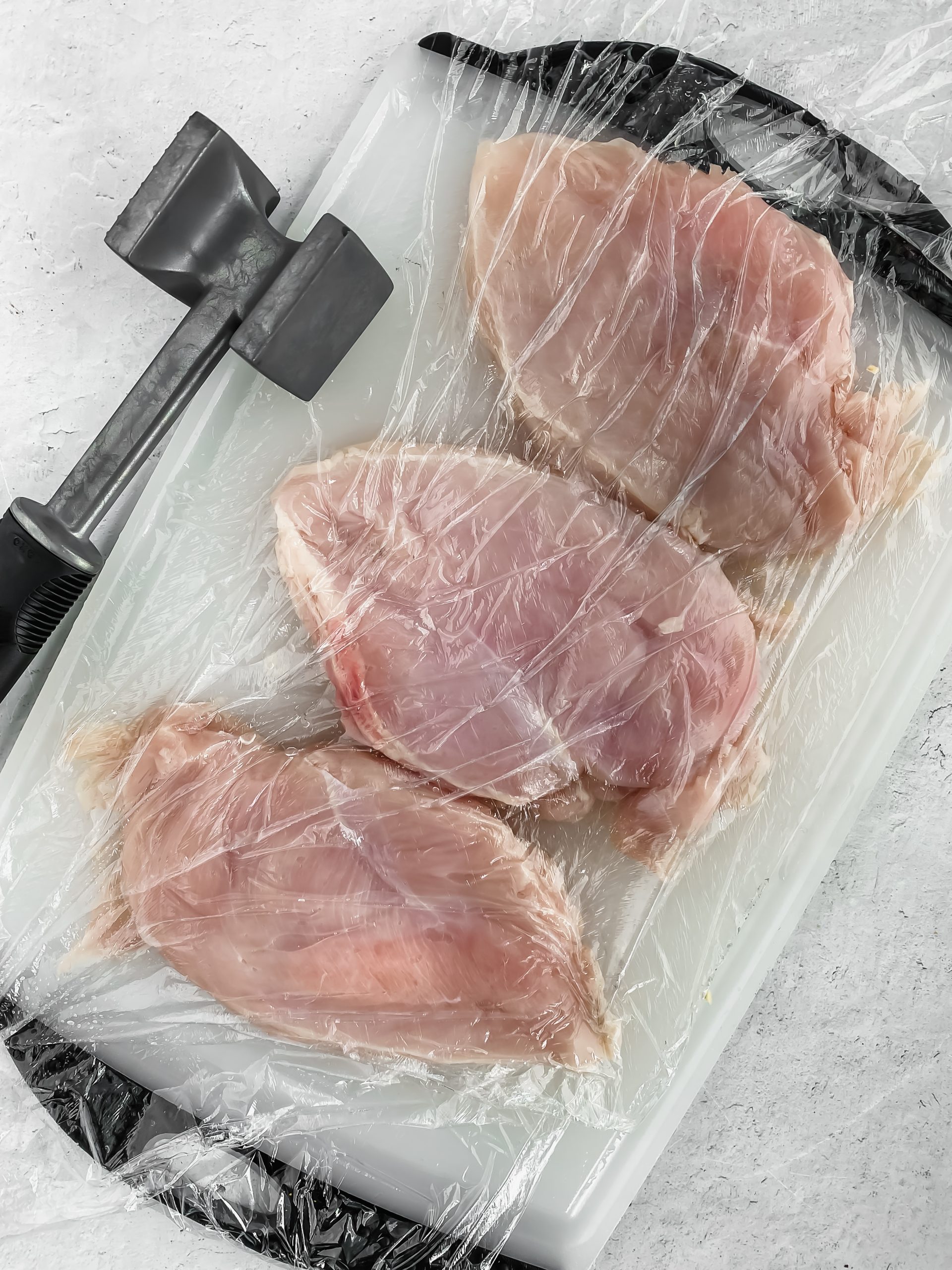

Articles
How To Store Chicken Breast In Freezer
Modified: August 16, 2024
Learn the best way to store chicken breast in the freezer to keep it fresh and flavorful. Follow these simple steps and enjoy meals with perfectly preserved chicken.
(Many of the links in this article redirect to a specific reviewed product. Your purchase of these products through affiliate links helps to generate commission for Storables.com, at no extra cost. Learn more)
Introduction
Storing chicken breast in the freezer is a great way to ensure you always have a convenient and versatile protein source on hand. Whether you buy chicken breast in bulk or have leftovers from a previous meal, freezing it properly will help maintain its quality and extend its shelf life. In this article, we will guide you through the step-by-step process of storing chicken breast in the freezer, ensuring its freshness and flavor are preserved for future use.
Freezing chicken breast not only helps to prevent spoilage but also allows you to plan meals ahead of time. It can be a time-saving strategy for busy individuals and families, as you can easily thaw the chicken breast whenever you need it. Additionally, freezing chicken breast can save you money, as buying in bulk or taking advantage of special offers can be cost-effective in the long run.
By following the proper techniques for packaging and labeling, you can ensure that your frozen chicken breast remains safe to consume. It’s crucial to store it correctly to prevent freezer burn, maintain its texture, and preserve its taste.
In the following steps, we will guide you through the process of preparing the chicken breast for freezing, packaging it properly, labeling the packages, storing them in the freezer, and safely thawing the chicken breast when you’re ready to use it. By following these steps, you’ll be able to keep your chicken breast fresh and ready to use for several months.
Key Takeaways:
- Properly preparing, packaging, labeling, and storing chicken breast in the freezer ensures convenient, safe, and flavorful protein availability for future meals, saving time and money while reducing food waste.
- Following safe thawing methods for frozen chicken breast ensures even cooking and maintains its quality, providing a reliable protein source for various recipes and meal planning.
Step 1: Preparing the chicken breast
Before freezing chicken breast, it’s essential to properly prepare it to ensure maximum freshness and quality. Here’s how to do it:
- Start by trimming any excess fat from the chicken breast. This will help prevent the meat from becoming greasy when thawed and cooked.
- Next, rinse the chicken breast under cold water to remove any impurities. Pat it dry with paper towels to remove excess moisture.
- If desired, you can season the chicken breast at this stage. Use your preferred seasonings, such as salt, pepper, herbs, or spices, to enhance the flavor. However, keep in mind that some seasonings may become more potent after freezing.
- For added protection against freezer burn, you can opt to coat the chicken breast lightly with olive oil or wrap it tightly with plastic wrap. This step is optional but can help retain moisture and prevent the chicken from drying out.
- If you’re freezing chicken breast that has already been cooked, ensure that it has cooled down completely before packaging it. This will prevent condensation from forming inside the packaging and potentially compromising the texture and taste of the meat.
By properly preparing the chicken breast before freezing, you can ensure that it maintains its quality and flavor when thawed and cooked.
Step 2: Packaging the chicken breast
Once you’ve prepared the chicken breast, it’s time to package it properly for freezing. Follow these steps to ensure your chicken remains safe and well-preserved:
- Choose suitable freezer-safe containers or packaging materials. Options include freezer bags, airtight containers, or aluminum foil. These materials will help prevent air and moisture from entering, reducing the risk of freezer burn.
- If using freezer bags, select ones that are thick and durable. Place the chicken breast in a single layer inside the bag to facilitate even freezing and quicker thawing. Remember to remove as much air from the bag as possible before sealing it. Alternatively, you can use a vacuum sealer to remove excess air.
- If using airtight containers, make sure they are specifically designed for freezer use. Choose containers that are the right size to accommodate the chicken breast without overcrowding. Overcrowding can lead to uneven freezing and lower quality upon thawing.
- If using aluminum foil, wrap the chicken breast tightly to protect it from air exposure. Ensure that there are no gaps or openings in the foil that could allow air or moisture to penetrate.
- If you are packaging multiple chicken breasts, separate them with parchment paper or plastic wrap to prevent them from freezing together in a solid mass.
Remember to label each package with the date of freezing to keep track of its shelf life. This will help you identify the oldest chicken breast and ensure you use them in a timely manner.
Proper packaging is essential to maintain the quality, flavor, and safety of the chicken breast during freezing. By following these steps, you’ll ensure that your chicken remains well-preserved until you’re ready to use it.
Step 3: Labeling the packages
Labeling the packages of frozen chicken breast is an important step in the freezing process. It helps you keep track of the contents and ensures that you use the oldest packages first. Here’s how to label your packages effectively:
- Use a permanent marker or freezer-safe labels to write the date of freezing on each package. This will allow you to easily identify how long the chicken breast has been in the freezer.
- If you seasoned the chicken breast before freezing, you can also write the type of seasoning or marinade used on the package. This will give you a quick reference when deciding which flavor profile to choose for your meal.
- Labeling the packages with additional information like portion sizes or meal ideas can also be helpful for meal planning and preparation later on.
- Ensure that the labels are clear and visible. Place them in a prominent location on the package, such as on the front or top, to easily identify the contents without having to shuffle through the freezer.
- If you are using airtight containers or freezer bags, consider placing the labeled packages in a designated section of the freezer. This will help you keep them organized and prevent accidental mix-ups.
By labeling your packages, you’ll be able to keep track of your frozen chicken breast inventory and make informed decisions about meal planning. It also ensures that you use the oldest packages first, reducing food waste and maintaining optimal quality.
To store chicken breast in the freezer, wrap it tightly in plastic wrap or aluminum foil, then place it in a resealable freezer bag to prevent freezer burn. Label with the date and use within 9 months for best quality.
Step 4: Storing the chicken breast in the freezer
Once you have prepared and packaged your chicken breast, it’s time to store it in the freezer. Proper storage is essential to maintain the quality and safety of the chicken breast. Follow these steps to store it correctly:
- Choose a suitable spot in your freezer to store the chicken breast. Ideally, it should be in a section where the temperature remains constant, such as the back of the freezer.
- Avoid storing the chicken breast near the freezer door or in areas that are prone to temperature fluctuations, as this can affect the quality of the meat.
- If you are using airtight containers or freezer bags, stack them neatly in a single layer. Avoid overpacking the freezer to allow for proper air circulation and even freezing.
- If using aluminum foil, place the wrapped chicken breast in a sealed plastic bag to provide an extra layer of protection against potential air exposure.
- Ensure that the chicken breast is stored away from other raw meats or seafood to prevent cross-contamination.
- Regularly organize and rotate your frozen chicken breast inventory. Use the oldest packages first to ensure you consume them within a reasonable time frame. This helps maintain optimal quality and eliminates the risk of forgotten packages in the back of the freezer.
- Keep the freezer temperature at or below 0°F (-18°C) to ensure the chicken breast remains frozen and safe from bacterial growth.
By following these storage guidelines, you can maintain the quality, flavor, and safety of the frozen chicken breast for an extended period.
Read more: How To Store Cooked Chicken Breast
Step 5: Thawing the chicken breast
When you’re ready to use the frozen chicken breast, it’s important to thaw it properly to ensure even cooking and maintain its quality. Here’s how to safely thaw your chicken breast:
- Plan ahead and allow enough time for the chicken breast to thaw in the refrigerator. Place the frozen chicken breast in a shallow dish or on a plate to catch any potential drips.
- Make sure to keep the chicken breast separate from other foods to prevent cross-contamination.
- Thawing in the refrigerator is the safest method, though it requires more time. Allow approximately 24 hours for every 2-3 pounds (0.9-1.4 kg) of chicken breast. Larger cuts may take longer to thaw completely.
- If you need to thaw the chicken breast more quickly, you can use the cold water method. Place the frozen chicken breast in a leak-proof plastic bag and submerge it in cold water. Change the water every 30 minutes to maintain a safe temperature.
- Never thaw chicken breast at room temperature, as this promotes bacterial growth and poses a food safety risk.
- Once the chicken breast is fully thawed, it should be cooked immediately. Avoid refreezing thawed chicken, as it can impact the texture and quality of the meat.
Thawing your chicken breast properly ensures that it cooks evenly and reduces the risk of harmful bacteria proliferation. By following these thawing methods, you’ll have safely thawed chicken breast ready for cooking or meal preparation.
Conclusion
Storing chicken breast in the freezer is a convenient and practical way to ensure you have a readily available protein source for your meals. By following the steps outlined in this article, you can successfully store your chicken breast while maintaining its quality and safety.
From preparing the chicken breast and packaging it properly to labeling the packages and storing them in the freezer, each step is crucial in ensuring that your chicken remains fresh and flavorful. Proper preparation, packaging, and storage techniques help prevent freezer burn, maintain texture, and preserve taste.
Thawing the chicken breast correctly is equally important. By using safe thawing methods such as refrigeration or cold water, you can ensure that the chicken breast thaws evenly and remains safe for consumption.
Remember to regularly organize and check your frozen chicken breast inventory, using the oldest packages first to prevent food waste and maximize freshness. By following these guidelines, you can enjoy the convenience of having frozen chicken breast on hand for various recipes and meal planning.
So the next time you want to stock up on chicken breast or have leftovers from a previous meal, use these tips to store them in the freezer properly. With a little preparation and attention to detail, you can have a reliable source of protein that’s conveniently available whenever you need it.
By understanding how to store chicken breast in the freezer effectively, you can save time and money while ensuring that your meals are nutritious and delicious.
Frequently Asked Questions about How To Store Chicken Breast In Freezer
Was this page helpful?
At Storables.com, we guarantee accurate and reliable information. Our content, validated by Expert Board Contributors, is crafted following stringent Editorial Policies. We're committed to providing you with well-researched, expert-backed insights for all your informational needs.
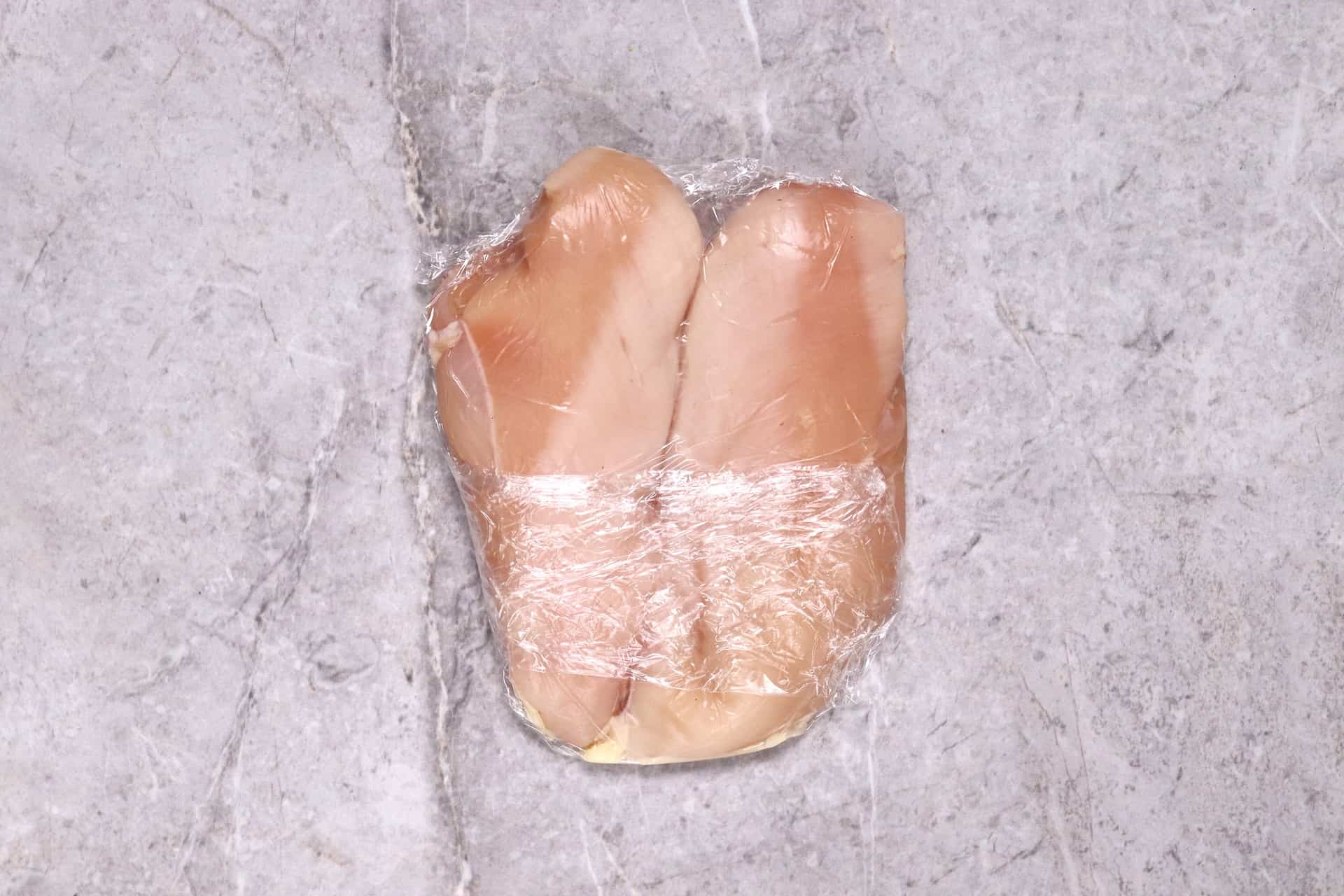
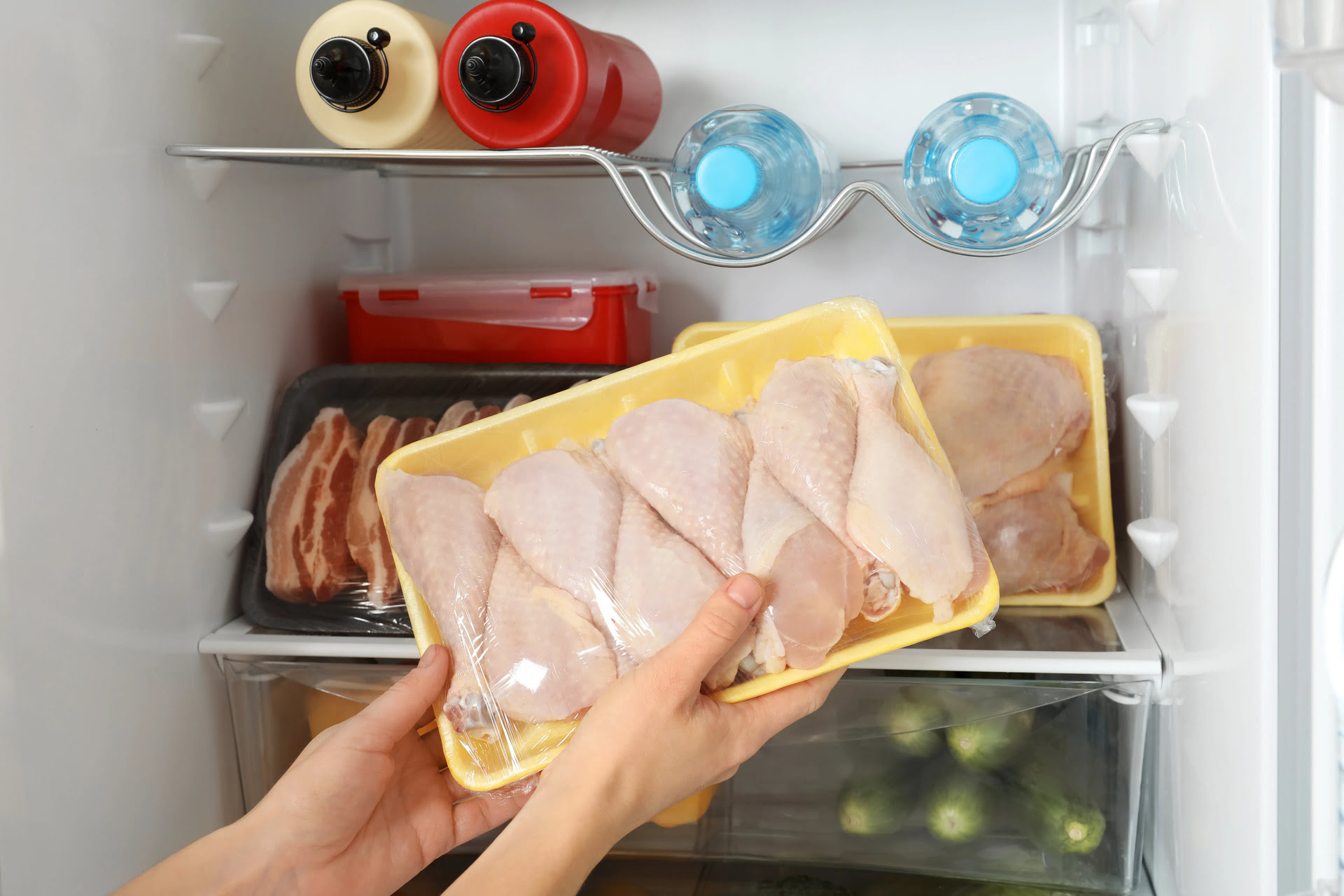
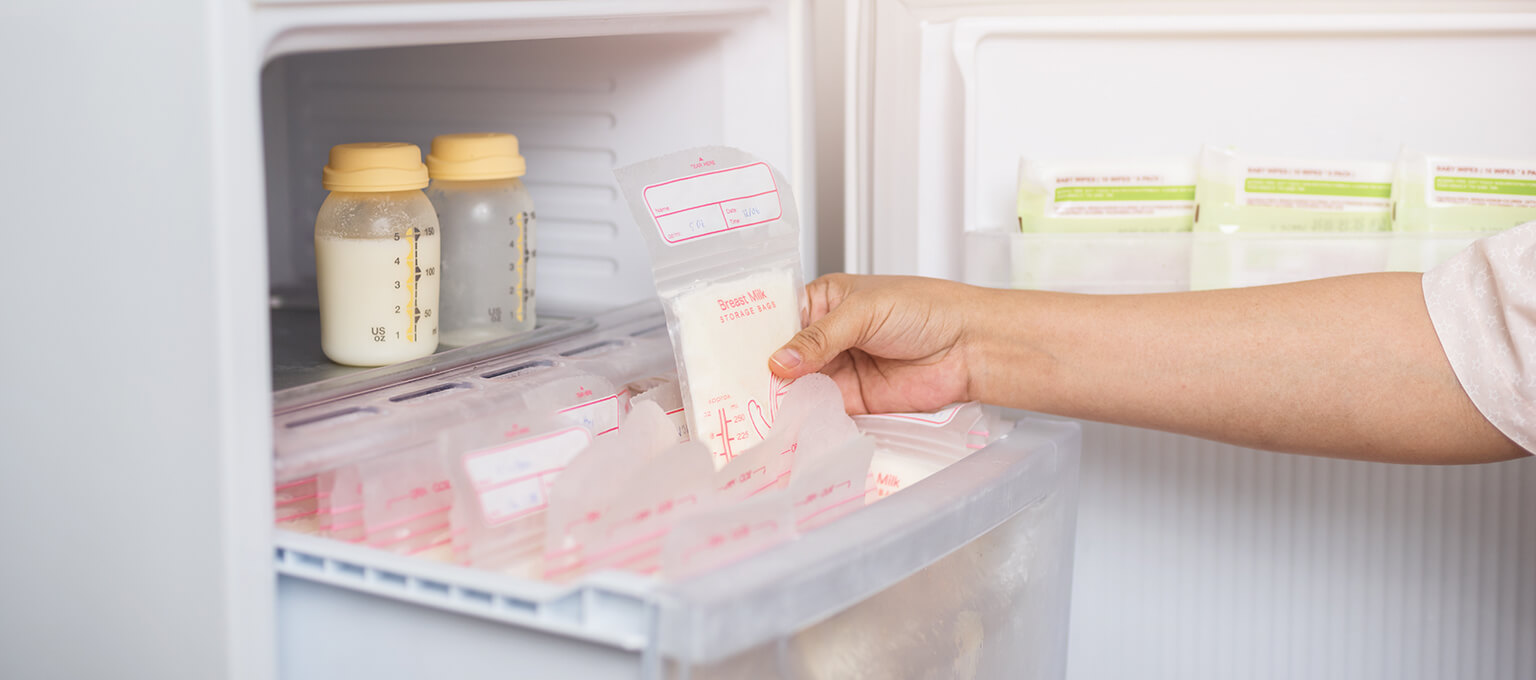
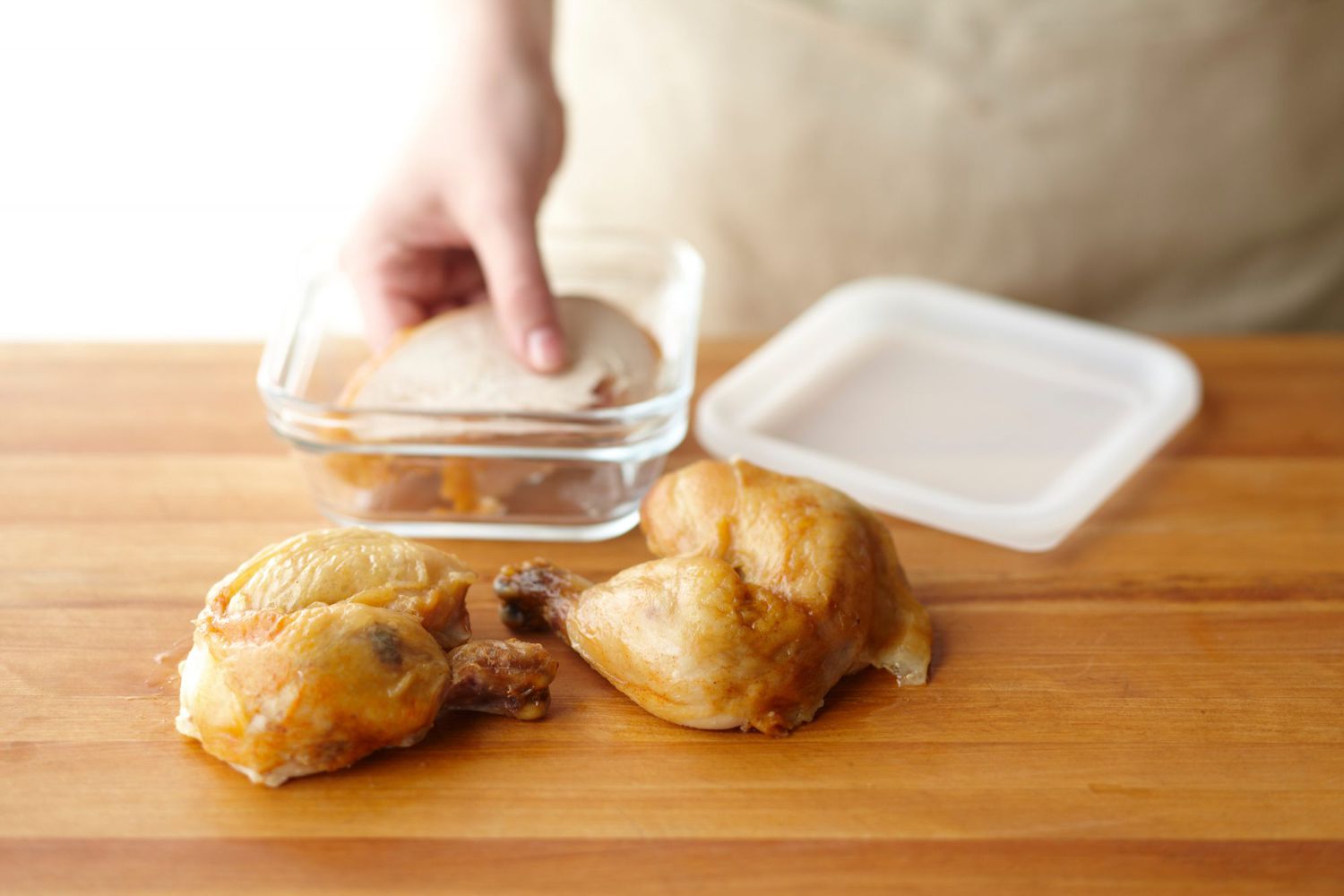




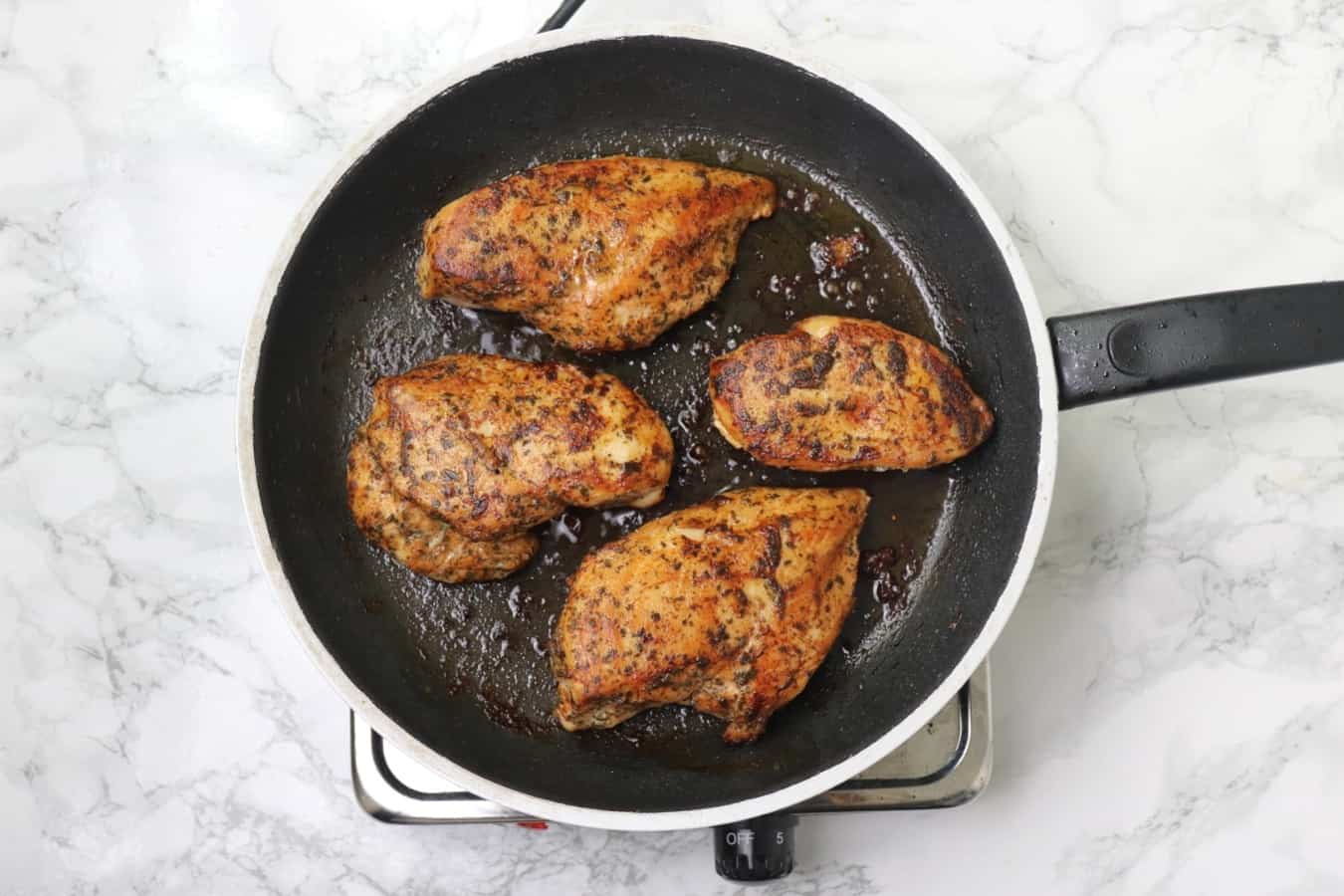
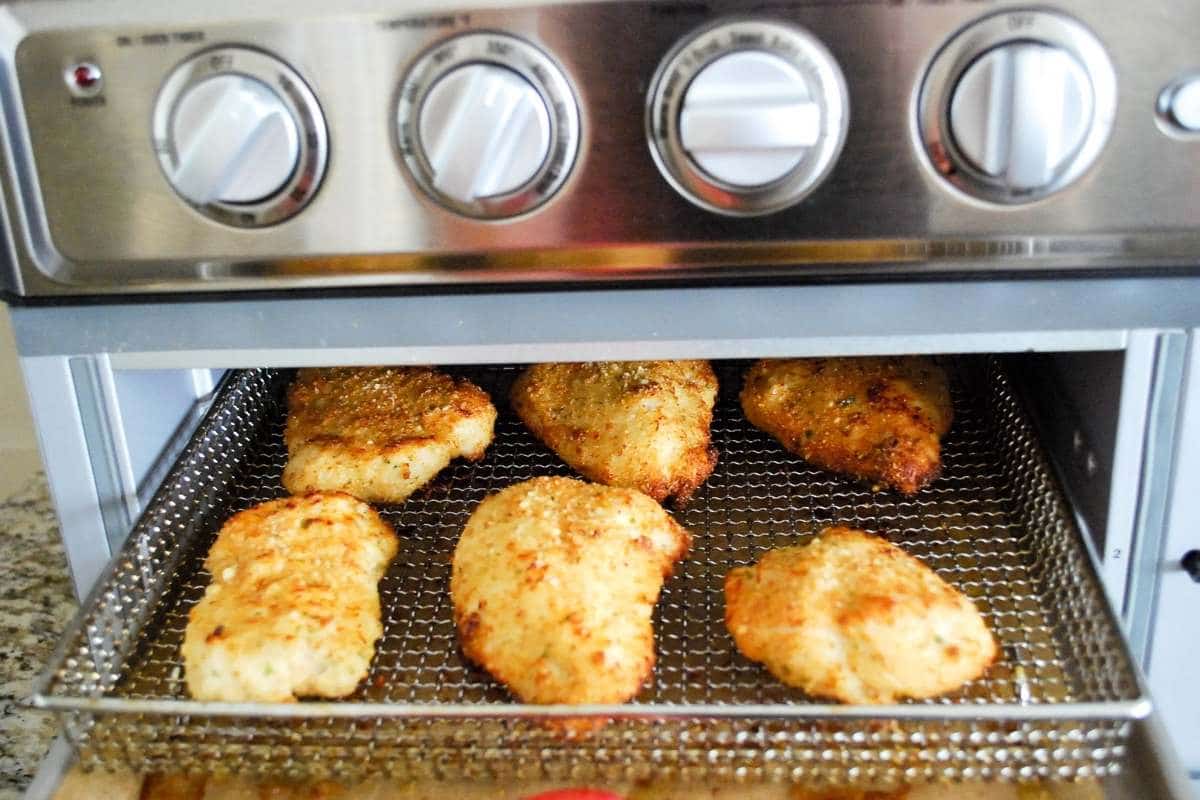
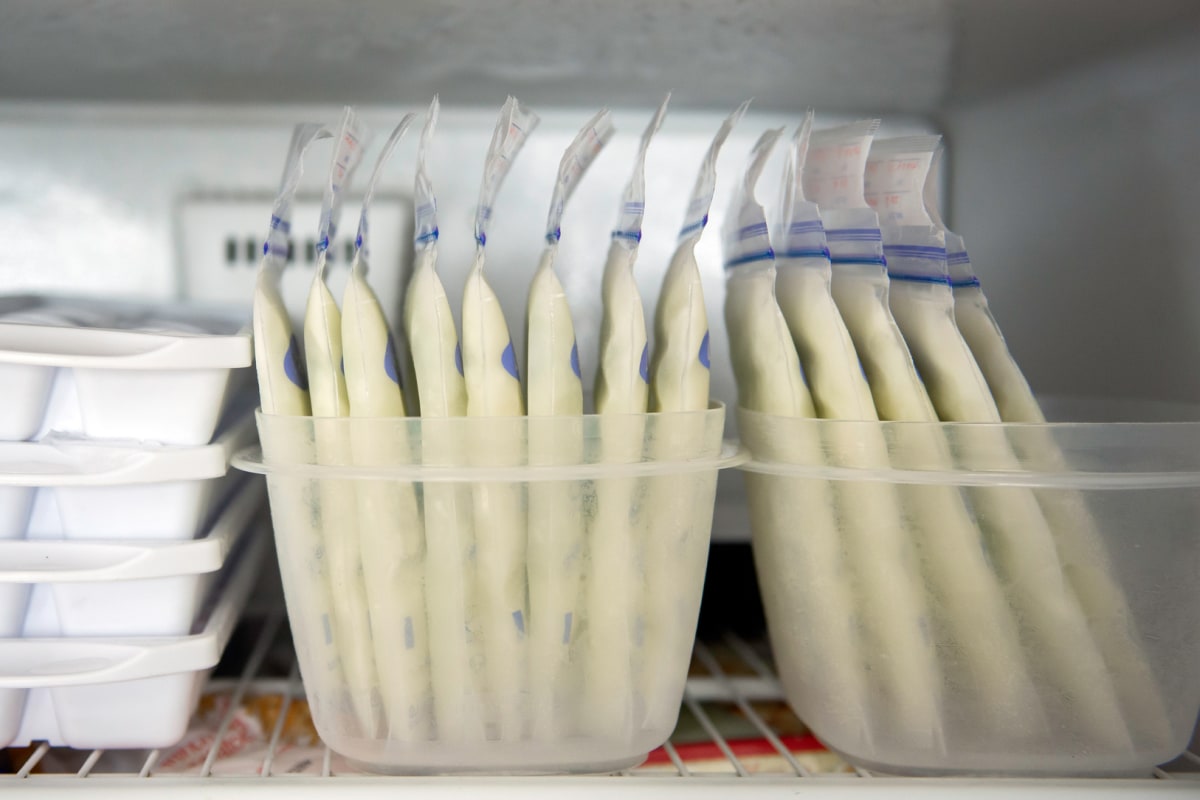
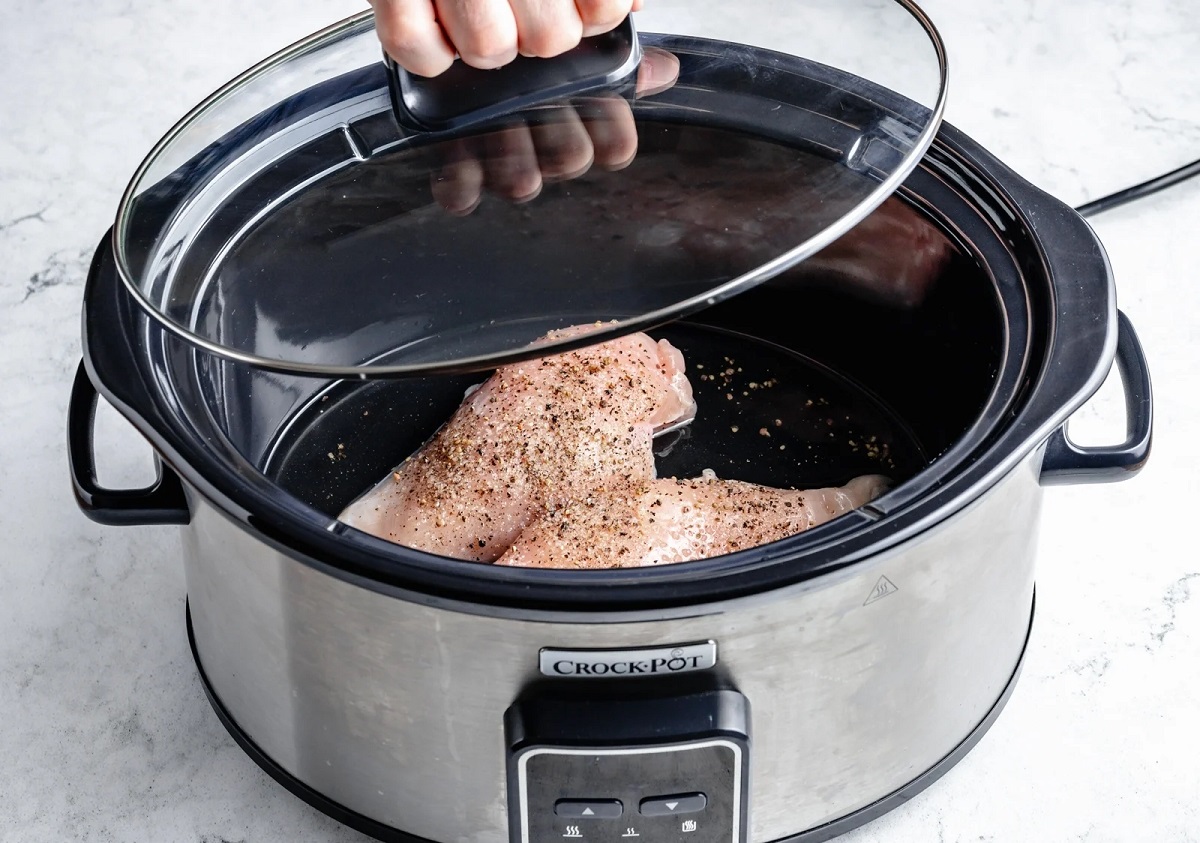

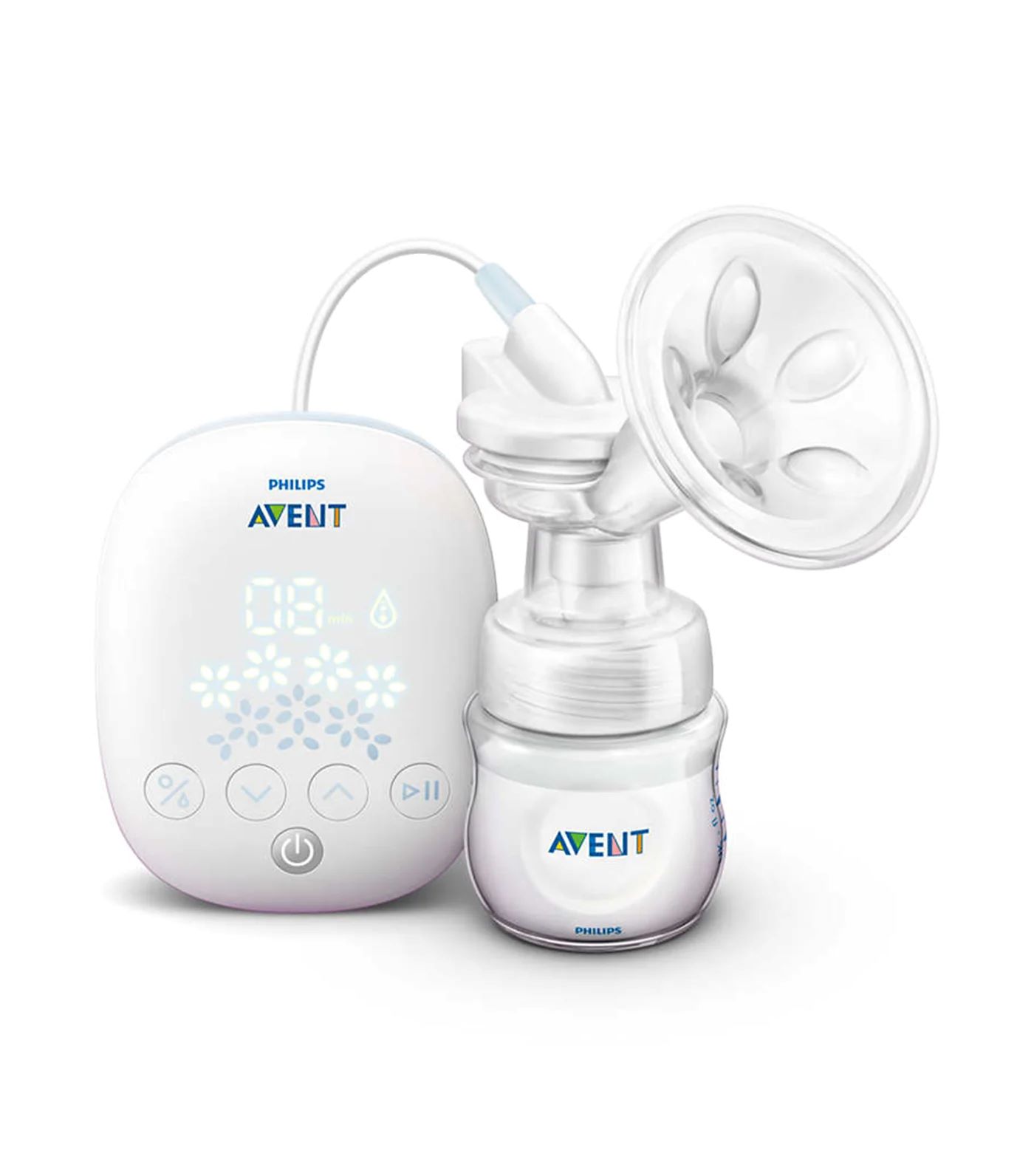

0 thoughts on “How To Store Chicken Breast In Freezer”